
“Embrace the unique way your child is blooming -- even if it's not in the garden you imagined.”
― Jenn Soehnlin, Embracing This Special Life
This page may contain affiliate links which simply help you find the stuff I like a lot easier and pay me a commission! To read my super boring privacy and disclosure policies, click here.
Special Needs is a very general term that includes lots of specific needs!
A special need is defined as an individual with a mental, emotional, or physical disability. An individual with special needs may need help with:
- Communication
- Movement
- Self-care
- Decision-making
Special needs toys need to be safe, fun and build children’s intellectual, physical and emotional skills. Toys, games and puzzles will keep them entertained for some time, while improving logic, problem solving, hand-eye coordination or memory skills. Some of the most common special needs that young children are diagnosed with are:
- speech or language delays,
- Autism Spectrum Disorder,
- cognitive delays,
- social and emotional disorders, and
- Learning disabilities.
Children with disabilities or special needs may require special care, a more specific look and attention.
Interesting facts:
- According to the Center for Disease Control and Prevention (CDC), about 17% of children aged 3 through 17 years in the United States have one or more developmental disabilities.
- The average age of ADHD diagnosis is 7 years old.
- Symptoms of ADHD typically first appear between the ages of 3 and 6.
- Children with autism and sensory processing issues often have difficulty receiving and responding to the sensory information processed by the brain.
- Play has an important role in the growth and development for children with special needs. Through play, these children develop cognitive, motor, social, and communication skills in a fun and engaging way.
- Researches shown that many children with special needs tend to struggle with fine motor skills. Toys allow your children to experience play time while working to strengthen and develop their fine motor skills.
- Many studies shown that sensory toys help reduce anxious habits such as nail biting or thumb sucking.
Sensory Toys are used to help children with special needs
Sensory toys are specially-made toys for children to help them develop their physical and mental abilities. It’s a way to stimulate any of the five senses which are sight, touch, smell, hearing, and taste. Most sensory toys for kids are a great solution to help children with autism. It’s one way to engage their senses in a less distracting way, which is useful in dealing with their current health condition.
Benefits of Toys for Children with special needs:
- Sensory toys help them to relax, focus and calm down to a particular scenario or event.
- It helps them grasp things with decreased fear and discomfort and enables them to play naturally.
- Sensory toys for kids help them develop social learning skills like planning, negotiating, and sharing.
- It helps them develop their gross motor skills such as picking large and small objects and understanding rules and activities.
- These toys stimulate the brain by creating neurological pathways to improve their neural processing systems.
- It improves their social skills like conveying a conversation with other people.
- Enhances their coordination.
How to find the right special need toy for your child
The following steps can help find the right toy:
- Identify the child’s play capability and consider their individual needs and likes.
- Consider the skills that a toy can help expand or develop.
- Consider toys that encourage interaction with others.
- Carefully review toys for safety.
Tips to choose right toy:
The following tips provide guidance on several common conditions:
For children who have difficulty communicating as a result of autism:
Select toys that encourage repetition of movements, have purpose, and promote activities that use both sides of the body together. Toys should not be battery operated or include lights or electronic sounds, as these toys can interfere with the child’s ability to interact with the toy and engage with others. Examples include:
Brightly colored toys
- Puzzles (promote fine motor skills, communication, and problem solving)
- Blocks (all sizes and shapes for problem solving, manipulation, and squatting to floor to pick up)
- Nesting blocks, cardboard bricks, or textured blocks
- Wood toys
Picture cards and story books
- Activity cards/mats (help with cooperative plan and communication through movement)
- Exercise cards, Move Activity Set
- Social Stories (books that require you to act out movements while learning social expectations and communication techniques)
Toys that encourage repetition and encourage pretend play
- Shape sorters, peg boards, Light-Brite (assist with fine motor skills and sitting balance)
- Higher-level cards with pieces to form a shape (help develop fine motor skills, problem-solving, and communication)
- toys that require building and manipulation of objects to create things (encourage development of gross and fine motor skills and communication techniques)
- Plastic containers filled with everyday household items,
- Water table, Art activities,
- Push/pull toys and ride-on toys
- Foam wedges and pillows for climbing and moving
Toys that help with understanding non-verbal cues and social situations
- Social Stories (books that require one to act out movements while learning social expectations and communication techniques)
- “Guess Who” books
Here is my selection of 10 Best special need TOYS and products:
Engaging children with toys is an excellent opportunity to enhance and develop the child’s motor skills. Choosing the right toy is a good place to start. Pediatric PTs recommend toys that promote physical, cognitive, or social development.
Like a fidget toy, oral Stimulating Chew Necklaces – Designed for light to moderate chewers . These chew bands necklaces help keep kids from chewing on shirt collars or sleeves while providing therapeutic oral stimulation that helps them relax and focus.
It is the perfect addition to your collection of autistic toys. These super-sized open ended toys are made for all busy little fingers but are also exciting ADHD toys for kids. Autistic toys like these pop tubes provide tactile stimulation, fine motor skills and auditory feedback making them the perfect sensory toys for autistic children.
Release your stress effortlessly. It Helpful supplement for ADHD: Get rid of annoying & harmful nasty habits: If your child struggling by disgusting habits like biting nails then these hand fidgets are going to be of vital importance for their everyday life. Give it them now and keep their fingers busy and their mind focused- pursue a healthier way of life.
It improves focus and concentration: Ball movements increase blood flow to the brain, helping to improve concentration and increase focus, reduce restlessness, and prevent boredom and distractions in class by keeping the body active and the mind engaged. It promotes healthy posture and mind: Encourages kids to learn, adopt and practice a healthy posture while building core strength from active sitting and play in the classroom and at home.
BunMo Glow Stretchy String helps with anxiety relief. Widely used as Autism toys, ADHD and ADD.
Fun to Wrap, Stretch, Squeeze, Squish and Twirl.
The toy set includes a beehive,7 bees, a tweezer and one storage box. This toy will work on hand-eye coordination since each bee corresponds to a hive. Children can use tweezers to grab the bee wings and place to its corresponding hive. It encourages fine motor skills, as well as provides a child’s sensory stimulation. Helps learning colors and counting, color sorting, matching and basic mathematics concepts to toddlers.
SOFT, STRETCHY AND SQUISHY to ease on body pressure and relax!
Lots of special needs kids enjoy the feeling being “squished”, well enveloped!
It can be used as a chair, recliner, couch or even an impromptu children’s bed.
KIJISEIPOR pencil grips is a new upgrade training pencil holder for kids handwriting, easy to use. With its unique cute shape design let your child fall in love with writing!
KIJISEIPOR pencil grips is ergonomically designed to suit the needs of children, adults, arthritis and so on, and keep you a good writing habit. KIJISEIPOR pencil grip can be used by righties and lefties.
The pencil holders have two holes that can fix the thumb and index finger, allowing your child to hold their pencil the right way preventing skin irritation and blisters.
This cuddle swing is 4-way stretch fabric (80% polyester, 20% lycra), making it soft to touch, yet durable and long lasting. This means that your child can sit, lay down, and swing in it for hours without the fear of the fabric giving out.
Swaddling gives children a sense of protection and blocks out unnecessary sensory input. This swing is a must for children who have a Sensory Processing Disorder (SPD), Asperger’s Syndrome, ADHD, or those on the autism spectrum. Recommended for ages 3+.
The swinging motion strengthens the vestibular and proprioceptive systems by teaching your child’s brain and body to work together. This sensory integration greatly improves your child’s coordination, balance, body awareness, and concentration.
It also will strengthen head, neck and core muscles which improves physical activities such as walking and running.
This is a squeezable honey bear design with long, flexible straw this 3-pack of bear bottles with 6 reusable straws. It makes it easy to squeeze out liquid and get a drink even if a child or adult has low suction or special needs.
I hope you enjoyed this article and more importantly that it will help you choose the most adaptable product for your child!
I highly recommend you to read about “15 Best Sensory Toys for Toddlers to Help healthy Development” as well as “10 Amazing toys for shoulder girdle stability”.
You can Subscribe HERE to receive future posts to your mailbox and follow me on Pinterest


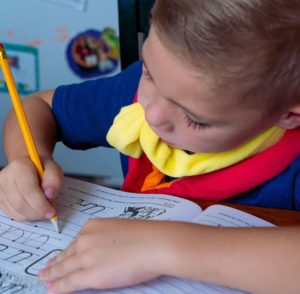



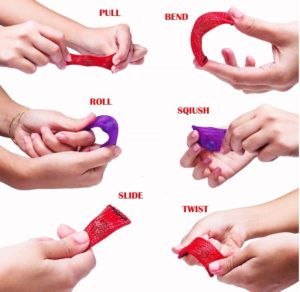
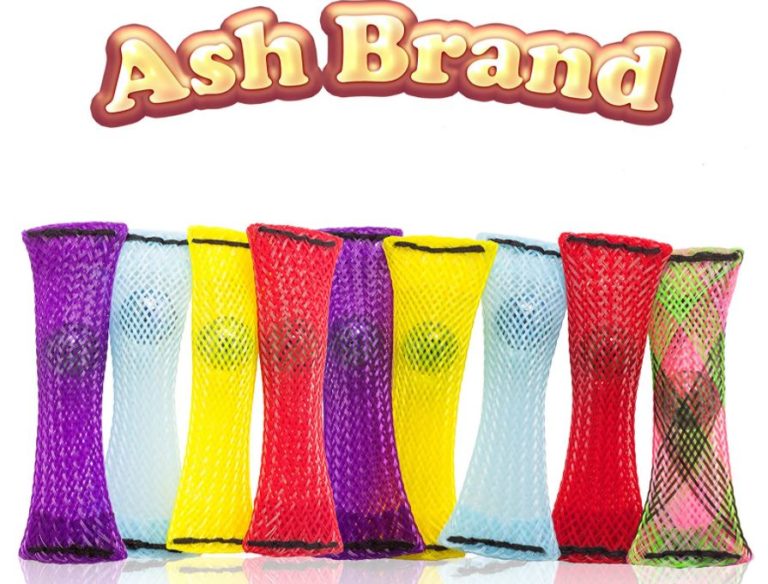
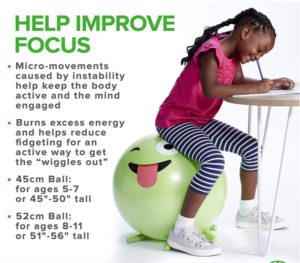

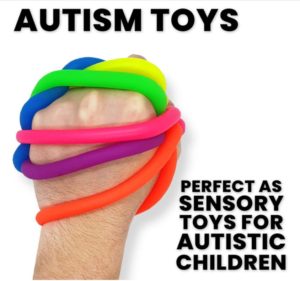

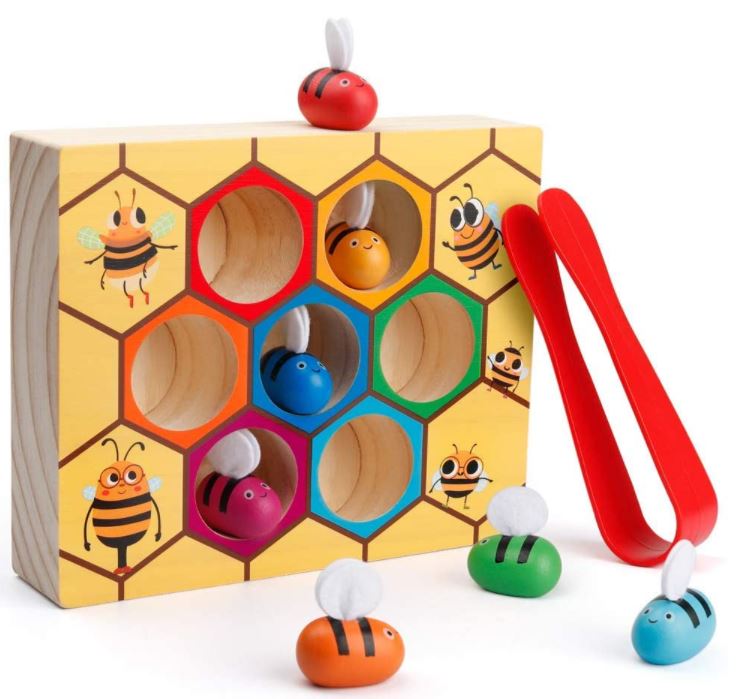




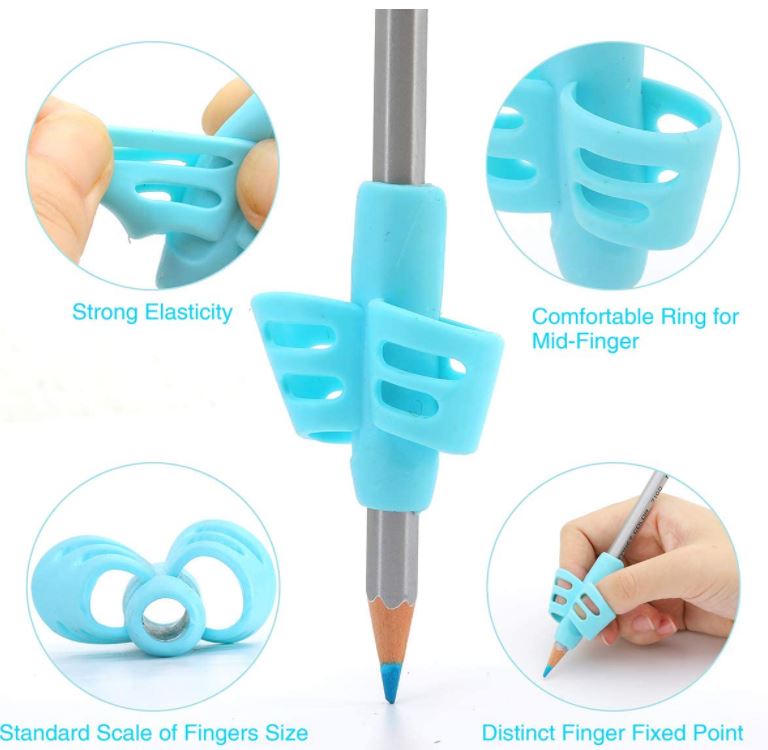



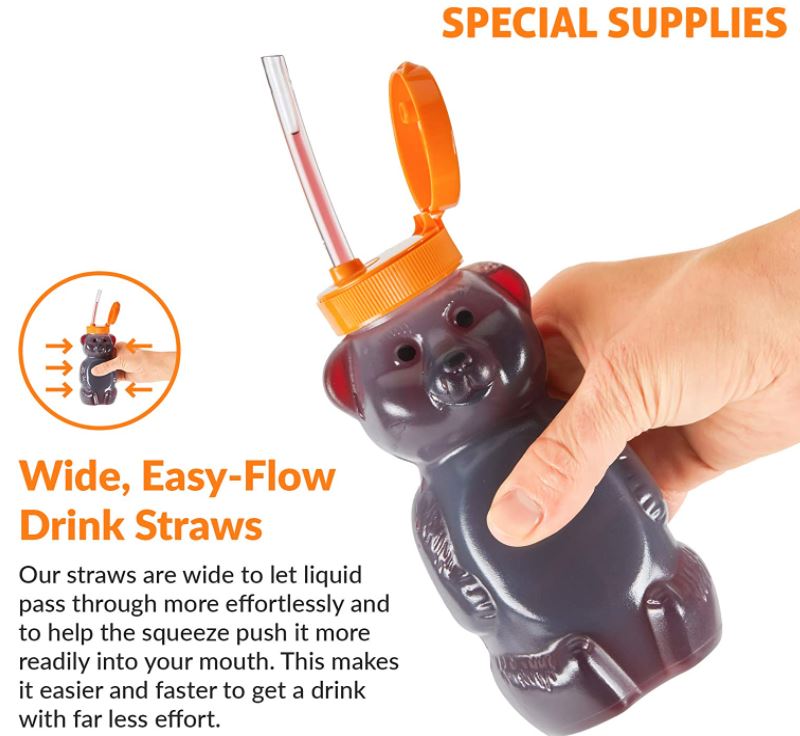


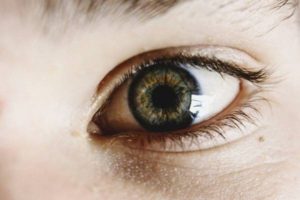
Thanks a lot for your advice!